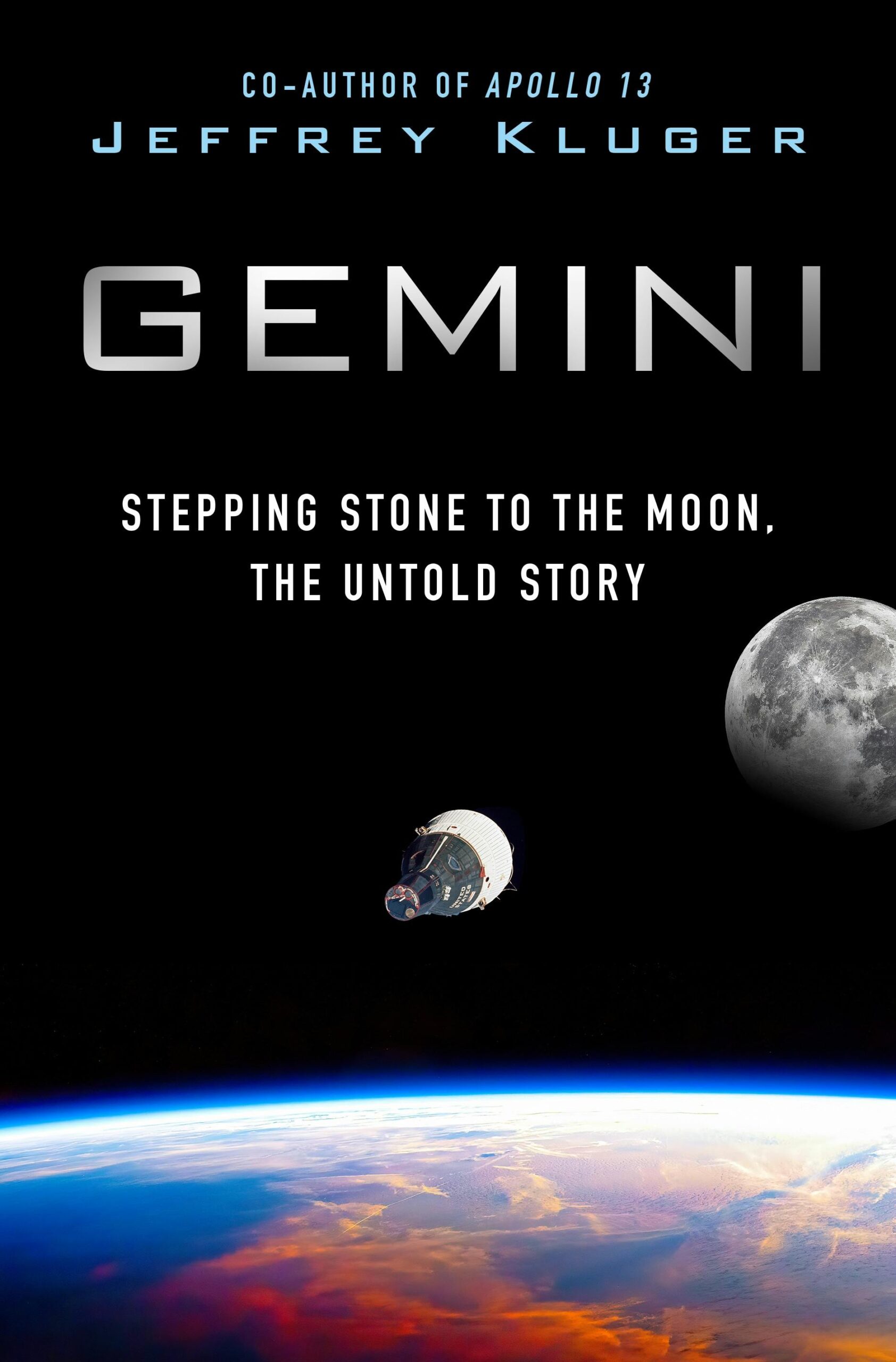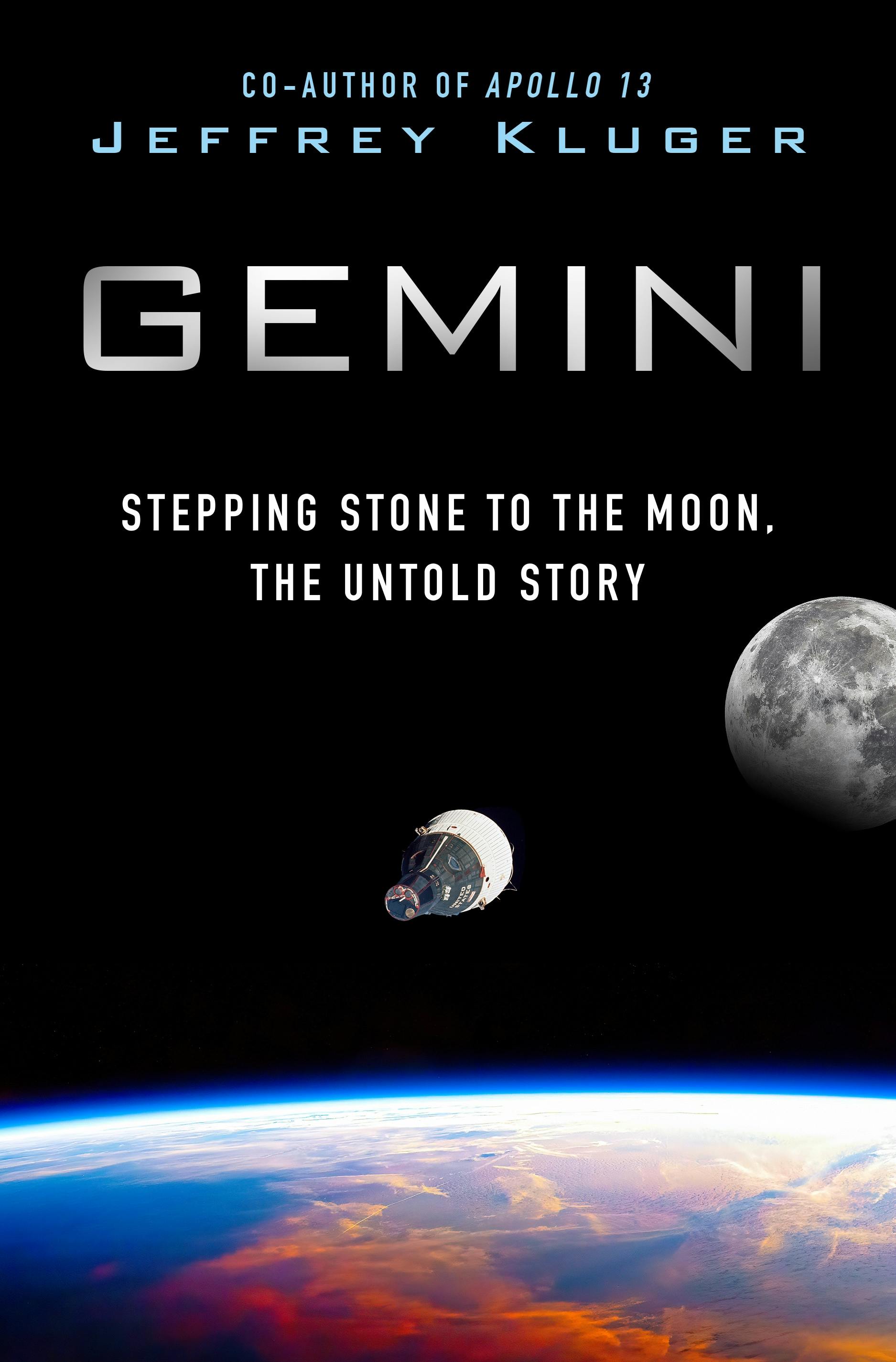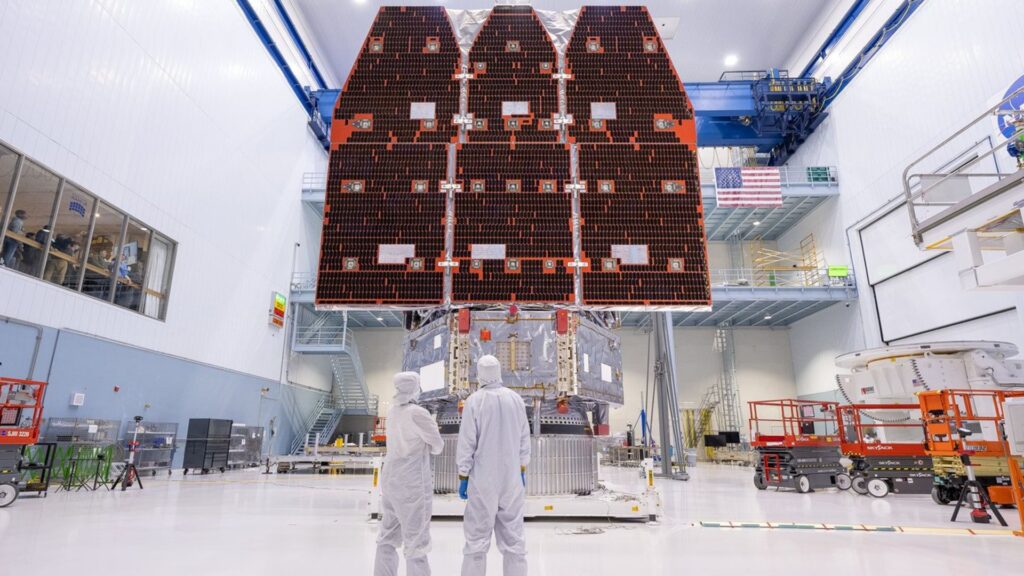Now Reading: Giving Gemini its due: ‘Apollo 13’ author Jeffrey Kluger honors ‘forgotten’ NASA program with new book (exclusive interview)
-
01
Giving Gemini its due: ‘Apollo 13’ author Jeffrey Kluger honors ‘forgotten’ NASA program with new book (exclusive interview)
Giving Gemini its due: ‘Apollo 13’ author Jeffrey Kluger honors ‘forgotten’ NASA program with new book (exclusive interview)

NASA’s 10 crewed Project Gemini flights, which launched in 1965 and 1966, were instrumental in delivering the knowledge and testing that would lead to landing astronauts on the moon in July 1969 during the Apollo 11 mission.
Often overlooked as the middle child of the American space program in that turbulent decade, Project Gemini provided astronauts, scientists and engineers vital information for the development of more ambitious human spaceflight efforts.

It offers up the riveting tale of the valiant souls both high aloft and on the ground whose unyielding efforts made possible the groundbreaking data that allowed for six crewed lunar excursions. Kluger also co-authored the 1994 book “Lost Moon: The Perilous Voyage of Apollo 13” with famed NASA astronaut Jim Lovell, which was adapted into director Ron Howard’s film “Apollo 13.”
Here within Kluger’s engrossing prose, the New York City-based author paints a vivid portrait of Gemini’s endeavors, from its harrowing inception to its triumphant end, with exacting detail.
“I had long thought that a book on Gemini was sort of owed to the world,” Kluger told Space.com. “That sounds a little grandiose to say that I’m giving the world a gift; I don’t pretend I’m doing that. But there’s nobody who addressed and wrote about and explored the Mercury program better and more compellingly than Tom Wolfe. I don’t know if there’s ever going to be another book about the Mercury program, because how do you touch ‘The Right Stuff?’
“Similarly, I and Andy Chaikin and a number of others, including a lot of astronauts, have written extensively about the Apollo program. But the Gemini program was very much the middle sibling of the space program. It wasn’t the first time we went into space. It wasn’t when we went to the moon. People sort of forgot about Gemini. It was the middle seat on an airliner.”

Kluger reminds us that Gemini was a program in which we learned to walk in space, rendezvous and dock in space, learned to fly long-duration missions in space, and learned to coordinate with other crewed spacecraft, on the Gemini 6 and Gemini 7 missions.
“There was drama, there was accomplishment, there was death, there was near death, there was peril. Gemini 8’s spinout almost took the lives of Dave Scott and Neil Armstrong,” Kluger said. “The Gemini 9 spacewalk could have taken the life of Gene Cernan. Charles Bassett and Elliot See did die when their plane crashed into the McDonnell Aviation headquarters in early 1966. And that story hadn’t been told. I felt like it was time to give the Gemini program its due. It was an opportunity not to be missed. It was unprotected turf, and I decided to claim it.”
The Gemini launches were filled with monumental firsts, and Kluger’s careful research into the topic exposed harsh truths about just how crucial and dangerous these NASA orbital missions were.
“Those monumental firsts are historically well recorded. Alexei Leonov became the first human being to walk in space, shortly before Gemini 4 flew. But when Gemini 4 did fly, Ed White became the first American to walk in space,” Kluger said.
“The Soviets launched a couple of missions with two spacecraft at a time and overstated their accomplishment in calling it ‘rendezvous.’ In fact, these ships simply happened to be up in orbit at the same time and were separated by many kilometers. The mission included none of the delicate navigational dance required to perform rendezvous because they didn’t have the thruster capability, they didn’t have the computer capability and they didn’t have the piloting capability. Gemini 6 and Gemini 7 proved that one spacecraft could track another one in orbit and move within inches.
“Then, by Gemini 8, they actually did touch and dock with an Agena target vehicle. That was a huge milestone in getting to the moon, because we have the lunar orbit rendezvous technique in which the command module and service module had to dock and separate and re-dock in lunar orbit.”
Long-duration missions were also completed for the first time during Gemini. Gemini 5 was an eight-day mission. Six days in, that flight broke the record for duration in space that the Soviets had held.
“Then Gemini 7 blew the doors off of Gemini 5 when Jim Lovell and Frank Borman stayed up for 14 days,” Kluger shares. “Those were some big milestones, both in the American space program and space exploration in general. Gemini 11 also broke an altitude record using the Agena engine to climb to 856 miles [1,378 kilometers], an Earth orbit record that stood until 2024 when the Polaris Dawn mission with Jared Isaacman at the helm went up and broke that record.”

Kluger hopes that readers of his comprehensive new Gemini book take away the sense of just how intrepid these astronauts were, and what an epic achievement their missions turned out to be. So many unknowns became knowns, done in very short order by these true American heroes.
“There were 10 flights that flew over the course of 20 months, which meant that every eight weeks we were rolling out a new Titan rocket, rolling out a new Gemini spacecraft, loading up a new crew, launching them into low-Earth, bringing them home safely, then doing it over again,” he explained.
“Just how much excellence and accomplishment and coordination it took on the ground to get these astronauts and spacecraft ready was something really important to be gained from it. Buzz Aldrin was famously known as Dr. Rendezvous. He got his Ph.D. in Orbital Mechanics and Rendezvous from MIT after graduating from West Point, so there was no underestimating Buzz’s intellectual wattage. He’s a brilliant man, and he accomplished brilliant things.”
“Gemini: Stepping Stone to the Moon, the Untold Story” lands in bookstores and online retailers on Nov. 11, 2025.
Stay Informed With the Latest & Most Important News
Previous Post
Next Post
-
 012024 in Review: Highlights from NASA in Silicon Valley
012024 in Review: Highlights from NASA in Silicon Valley -
 02Panasonic Leica Summilux DG 15mm f/1.7 ASPH review
02Panasonic Leica Summilux DG 15mm f/1.7 ASPH review -
 03How New NASA, India Earth Satellite NISAR Will See Earth
03How New NASA, India Earth Satellite NISAR Will See Earth -
 04And Thus Begins A New Year For Life On Earth
04And Thus Begins A New Year For Life On Earth -
 05Astronomy Activation Ambassadors: A New Era
05Astronomy Activation Ambassadors: A New Era -
06SpaceX launch surge helps set new global launch record in 2024
-
 07From Polymerization-Enabled Folding and Assembly to Chemical Evolution: Key Processes for Emergence of Functional Polymers in the Origin of Life
07From Polymerization-Enabled Folding and Assembly to Chemical Evolution: Key Processes for Emergence of Functional Polymers in the Origin of Life




















